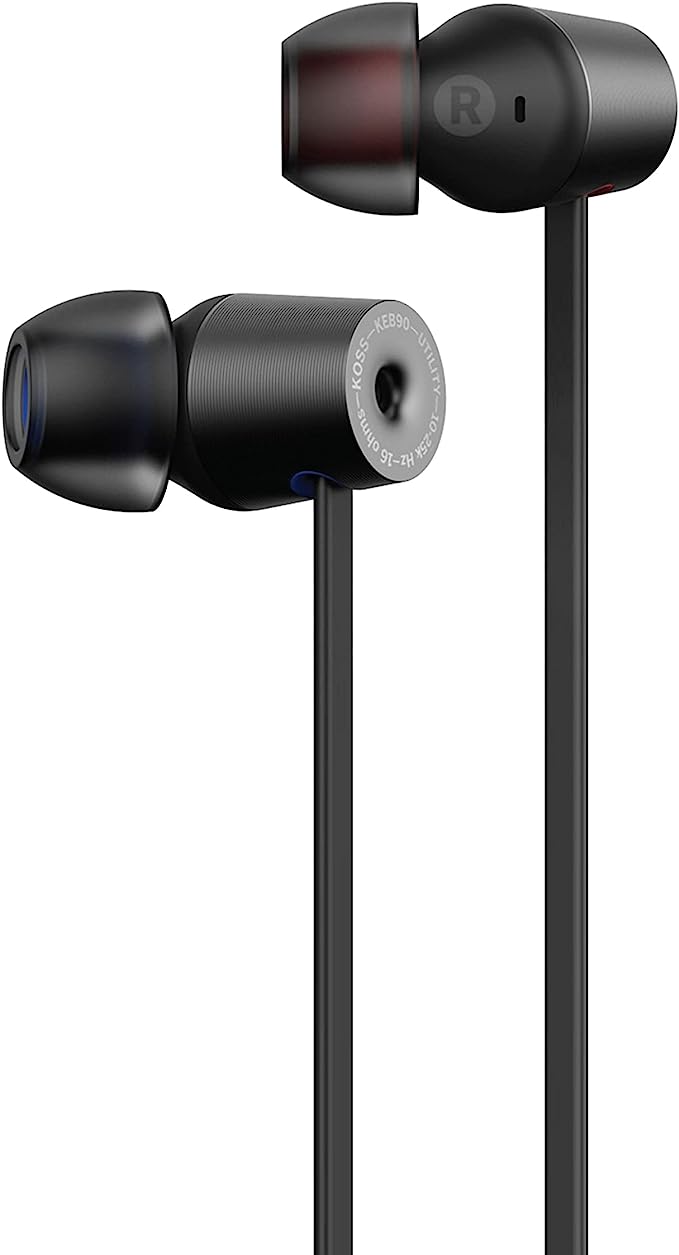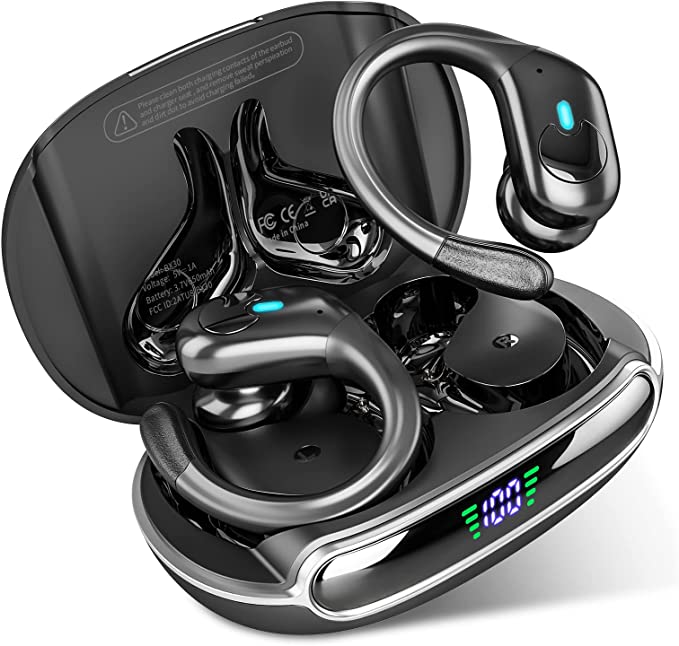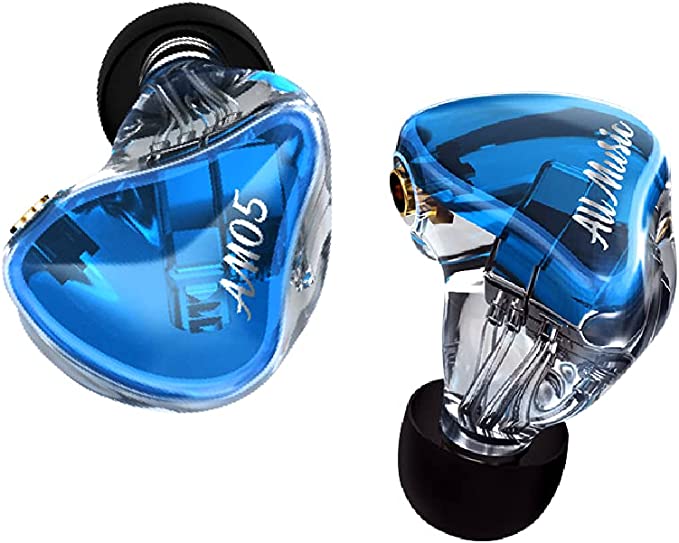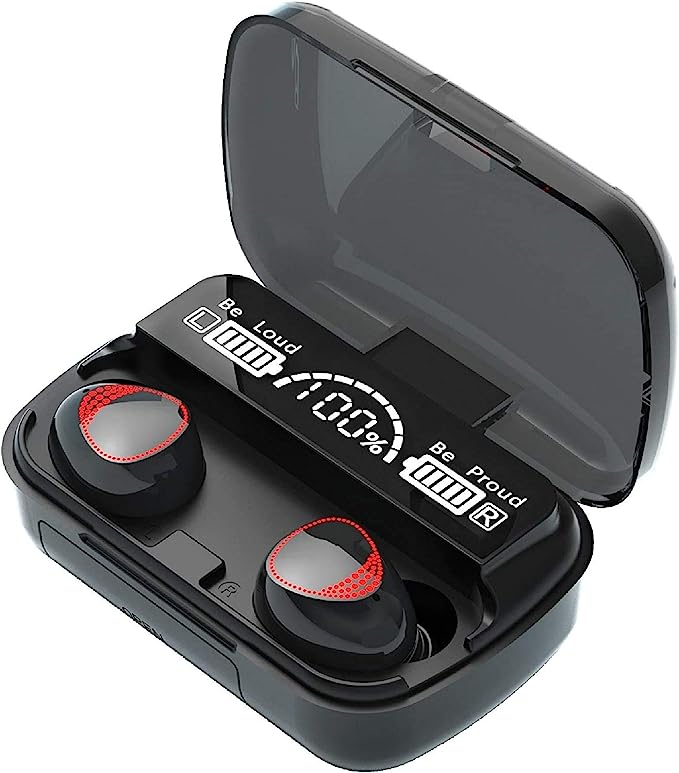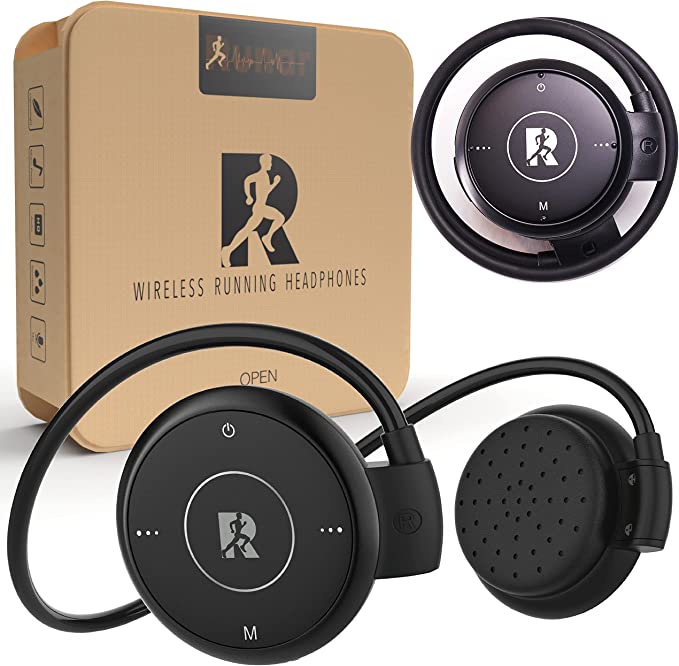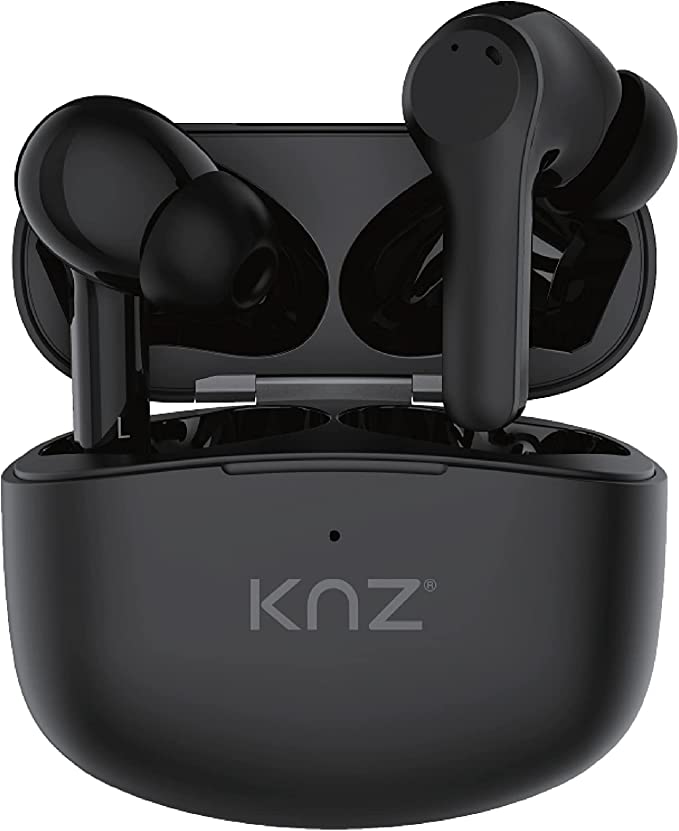The Physics of Failure: How a Reduced Pressure Zone (RPZ) Assembly Actually Works
Update on Oct. 26, 2025, 8:35 a.m.
We trust the water that flows from our taps. But lurking in the complex network of pipes that make up our municipal and private water systems is a silent threat: backflow. According to the EPA’s Cross-Connection Control Manual, hundreds of backflow incidents are reported annually, some leading to serious illness. This reversal of flow, caused by changes in pressure, can pull contaminants from irrigation systems, industrial processes, or even a simple garden hose back into the clean water supply. To combat this, engineers developed a near-failsafe device: the Reduced Pressure Zone (RPZ) Assembly.
But how does it actually work? It’s more than just a simple one-way gate. An RPZ is a sophisticated piece of fluid dynamic engineering, a miniature, self-contained system designed not just to prevent backflow, but to do so reliably even when its own components begin to fail. To understand its genius, we need to forget the plumbing aisle for a moment and think about physics. Let’s take a conceptual journey through a device like the Febco 825Y, not as a product, but as a physical system designed to master pressure.

Meet the Cast: Deconstructing the RPZ Assembly
Imagine an RPZ assembly as a small, heavily guarded fortress with three key defenders standing between the clean city water supply (upstream) and a potentially hazardous private system like a factory or irrigation line (downstream).
-
Check Valve #1 (The Outer Guard): This is the first line of defense. It’s a spring-loaded valve designed to allow water to flow in one direction only—from upstream to downstream. In a normal state, the pressure from the city supply easily pushes it open.
-
Check Valve #2 (The Inner Guard): Located downstream from the first, this is the second guard. It performs the same function, providing redundant protection. If the first guard fails, this one is there to stop the reverse flow.
-
The Differential Pressure Relief Valve (The Sentinel): This is the most critical and “intelligent” part of the system. It’s not in the direct path of the water but sits below, monitoring the space between the two check valves. This space is the titular “Reduced Pressure Zone.” The Sentinel’s only job is to watch the pressure in this zone. If things aren’t exactly right, its job is to open up and dump water out of the system, averting a crisis.
These three components work in concert, governed by the simple, immutable laws of pressure.
Act I: Normal Flow - The Peaceful Kingdom
Under normal conditions, everything is straightforward. Let’s say the city water pressure is 60 PSI. * Water at 60 PSI approaches Check Valve #1. The spring in this valve creates a slight resistance, let’s say 5 PSI. So, the water needs to overcome this to open the valve. * Once past Check Valve #1, the pressure drops. It’s now 55 PSI. This area between the two valves is our Reduced Pressure Zone. * This 55 PSI water then pushes against Check Valve #2, which also has a spring resistance, say 1 PSI. * Water flows past Check Valve #2 and into the building or irrigation system at 54 PSI.
During this entire process, the Sentinel (Relief Valve) is happily closed. It is designed to stay shut as long as the pressure in the Reduced Pressure Zone (55 PSI) is at least 2 PSI higher than the downstream pressure (54 PSI). This pressure difference, or “differential,” is its trigger. Right now, the differential is only 1 PSI, but it’s a stable, flowing system. The crucial design, and what the ASSE 1013 standard mandates, is that this zone pressure must always be lower than the supply pressure.
Act II: The Threat of Backsiphonage - The Sudden Vacuum
Now, imagine a water main breaks down the street. The pressure in the city supply line suddenly plummets from 60 PSI to near zero. This creates a powerful vacuum, or backsiphonage, trying to suck water back from every connected building. This is where the RPZ’s design shines.
- The moment the upstream pressure drops, the higher pressure downstream (54 PSI) instantly slams Check Valve #2 shut. The Inner Guard has done its job.
- Simultaneously, the flow of water through Check Valve #1 stops. Its spring immediately forces it shut. The Outer Guard has also done its job.
- Now, look at the Reduced Pressure Zone. It’s trapped between two closed gates. As the upstream pressure vanishes, the Sentinel (Relief Valve) senses a critical change. Its job is to ensure the zone pressure never, ever equals the downstream pressure.
- As the pressure dynamics shift, the Sentinel opens. It dumps the water trapped in the Reduced Pressure Zone out onto the ground. This creates an air gap within the pipe, providing absolute, physical separation between the downstream water and the upstream supply. Contamination is impossible.
The system has not only stopped the reverse flow but has also physically disconnected the two systems to prevent any possibility of a leak.

Act III: The Threat of Backpressure - The Enemy at the Gates
Backsiphonage is a pull; backpressure is a push. Imagine the RPZ is connected to a boiler system. The boiler’s pump kicks on, creating a pressure spike that pushes water backwards towards the city supply at, say, 70 PSI.
- This 70 PSI wave of water immediately slams Check Valve #2 shut. The Inner Guard holds strong against the push.
- But what if Check Valve #2 is fouled with debris and doesn’t seal perfectly? A small amount of the 70 PSI water leaks into the Reduced Pressure Zone.
- This is the moment the Sentinel was built for. It constantly compares the zone pressure to the downstream pressure. The instant the zone pressure rises to within 2 PSI of the downstream pressure, the Sentinel’s diaphragm moves, and the valve opens.
- The potentially contaminated water that leaked past Check Valve #2 is now safely discharged out of the relief port. This discharge continues as long as the backpressure condition exists and Check Valve #2 is leaking. It’s a visual, audible alarm that something is wrong.
This is the “fail-safe” principle. Even if a primary defense component (Check Valve #2) is compromised, the system is designed to safely fail by discharging the dangerous water, preventing it from ever reaching the first check valve and the clean supply.
The Genius of the Zone: Why “Reduced Pressure” is Key
The entire system’s reliability hinges on that cleverly named “Reduced Pressure Zone.” By design, this intermediate zone is always at a lower pressure than the supply. This creates a buffer. The Relief Valve is engineered to protect this buffer at all costs. As long as that pressure differential is maintained, the system is safe. If the differential is ever threatened, the relief valve activates.
This is why standards like ASSE 1013 are so strict. They mandate the precise pressure differentials at which the relief valve must open and close, ensuring that it will always act before a dangerous condition can escalate. A device like the Febco 825Y, built with its bronze body and precision-engineered Y-pattern check valves, is a physical embodiment of these non-negotiable safety principles.
Conclusion: More Than Just a Valve, It’s a Physical Principle at Work
The next time you see a complex-looking brass valve assembly on the side of a commercial building, you’ll know it’s not just a pipe fitting. It’s a miniature, automated fortress, constantly manipulating pressure gradients to perform its vital mission. It’s a beautiful example of how fundamental physics—pressure, flow, and differential forces—can be harnessed in a mechanical device to provide one of the most critical protections for public health: safe, clean drinking water.



